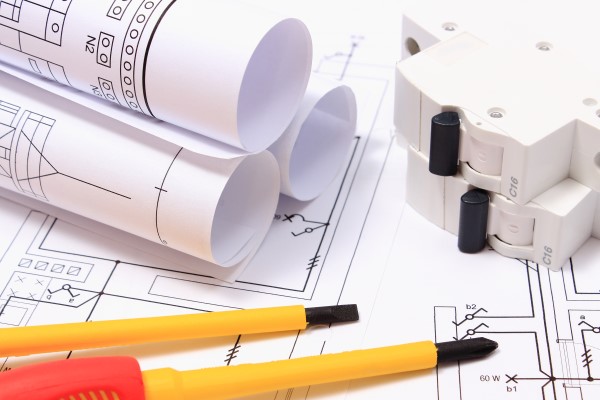Type-A RCDs: Laying down a current era
The Australian electrical companies are getting a handle on their newest RCDs after a complete industry changeover. San Williams checks in to see some of the effects of the Type AC ban and how businesses are adjusting.
A refurbishment to any common is going to draw a response. I recall ‘back in the day’ when the ban on plastic shopping bags was announced, there was a mixed bag of emotions: adoration, rejection, banter or a lack of anything, to name a handful.
ADVERTISEMENT
So, when it came to implementing a new residual current device (RCD) amendment for the first time in 20-plus years, it was quite the transition for Australia’s electrical industry, a transition that spanned from 30 April 2021 to 2023, to be exact.
One company that made the switch easy, changing over to Amendment 2 of AS/NZS 3000:2018 Cl 2.6.2.2.2 compliant products, was Voltex Australia, with the implementation of Type A RCDs and RCBOs the way forward for Voltex product technical support team member Terry Scott.
“There’s always going to be some pain when you introduce something significant in two years. 24 months isn’t a whole lot of time. For us, it was just a transition to only selling the Type A, and there was no real hurt in doing that transition. We already had the product that we were selling,” Terry says.
“Technically, Type A will provide better protection. Many articles have written about the DC current saturating the magnetic core on a Type AC RCD, so this would better protect the homeowner and benefit the industry in the long term.”
Type AC RCDs successfully served Australian homes for many years and protected against electrical faults and fire by detecting residual currents with a sinusoidal alternating current waveshape. But as more residential properties are becoming more ‘connected’, with the forthcoming smart homes market, bringing more complex powered appliances, a higher level of protection was needed.
Type A answers this by requiring all RCDs to detect more than an alternating current. The new change in the standard means these also detect residual pulsating direct current.
Though he says he’s yet to receive market feedback on the change to Type A RCDs, Terry says one of the initial issues as a manufacturer was working out was to be done with the old RCD stock leftover in stores and factories.
“There was a reluctance to continue using Type AC RCDs as soon as sparkies knew there was a change even with 12 months or so before the end date. That was probably one of the reasons why we had some residual stock left at the implementation date,” he says.
Many businesses took to sales and promos of Type AC RCDs on a spree to clear old stock before the ban deadline, according to Terry, these typically included a “no returns or refunds policy”. Voltex, rather, offered free returns to customers, with their lifetime returns policy for unwanted, unused items remaining in place during the RCD transition period.
With thousands of Type AC RCDs still in possession, Voltex, ultimately, chose to donate their stock back into the industry.
“I’m not sure what our competitors did with their stock, but we worked closely with many TAFEs nationally and were able to donate several thousand new and unused products, specifically for training purposes,” he says.
“There’s the prerequisite that products for training must be unused and hadn’t been used and then removed from any installations. We also want to try and keep their costs down because they’re educating the ongoing, upcoming workforce.”
Vocational education is crucial to achieving social cohesion and inclusion. As the nation continues to endure a trade skills shortage, continuous funding will help expand TAFE capacity and support working people to gain the skills they require for trade and emerging industries.
“We put thousands back into the vocational education industry by donating and, in doing so, prevented a significant amount of landfill. So, I thought it was a great initiative,” he says.
The transition appeared to be, altogether, smooth and successful.
The ‘out with the old, in with the new’ for our RCDs means a new frontier for electricians, as we begin to come to terms with the future technologies Type A will be taking on.
“It’s just early days. One can see where things are heading. We know there’s more and more DC component inverters and drivers out there, many could have electric cars and high-powered battery chargers to charge them and all that sort of thing, which, therefore, brings more risk,” Terry says.
“But that’s many years off. I guess bringing this change in now is pre-empting what’s coming in a decade or 20 years.
-
ADVERTISEMENT
-
ADVERTISEMENT


